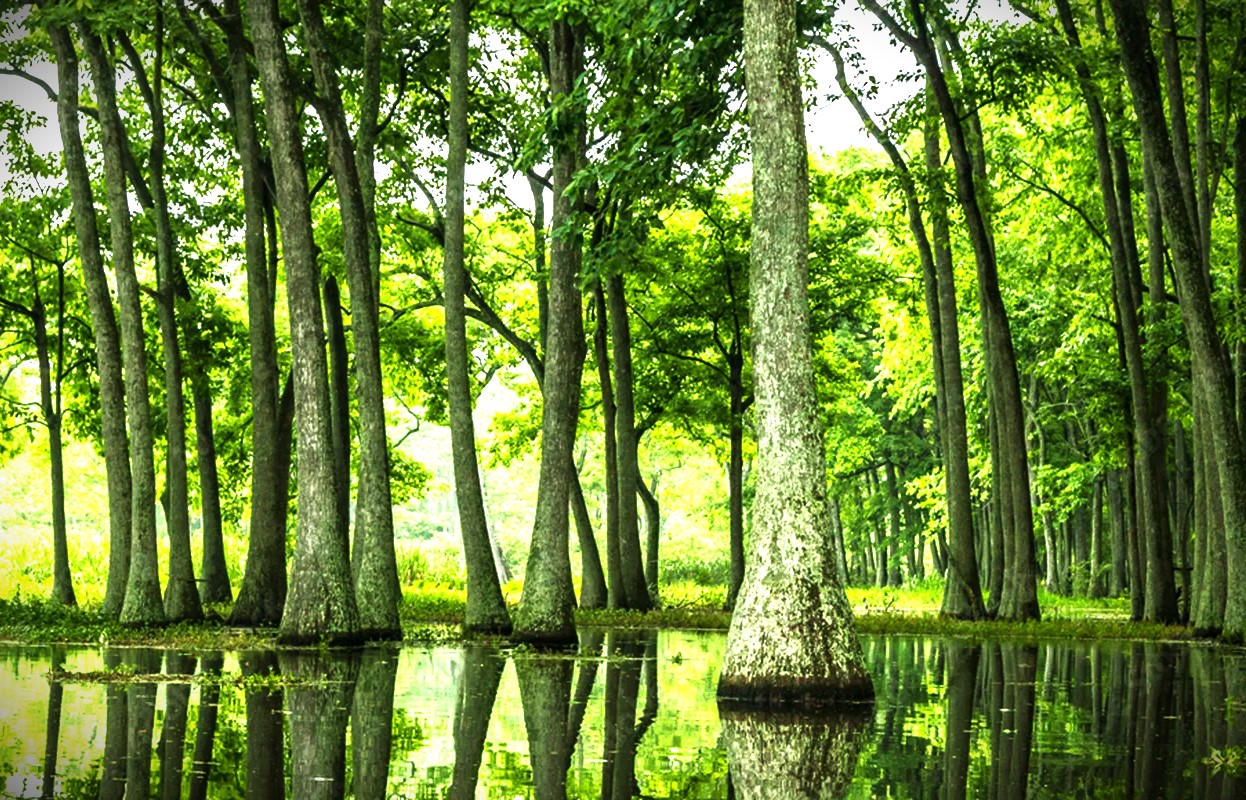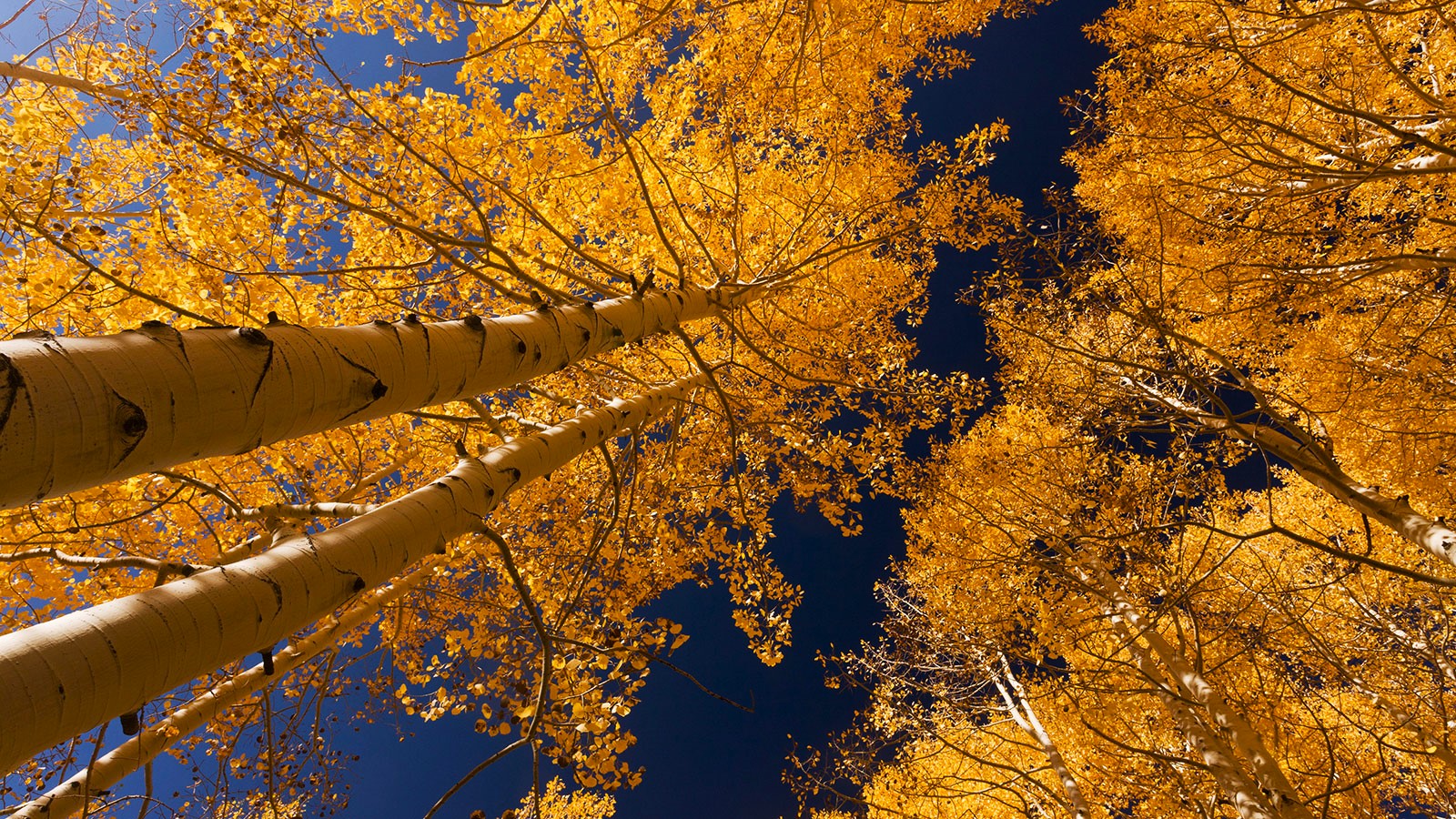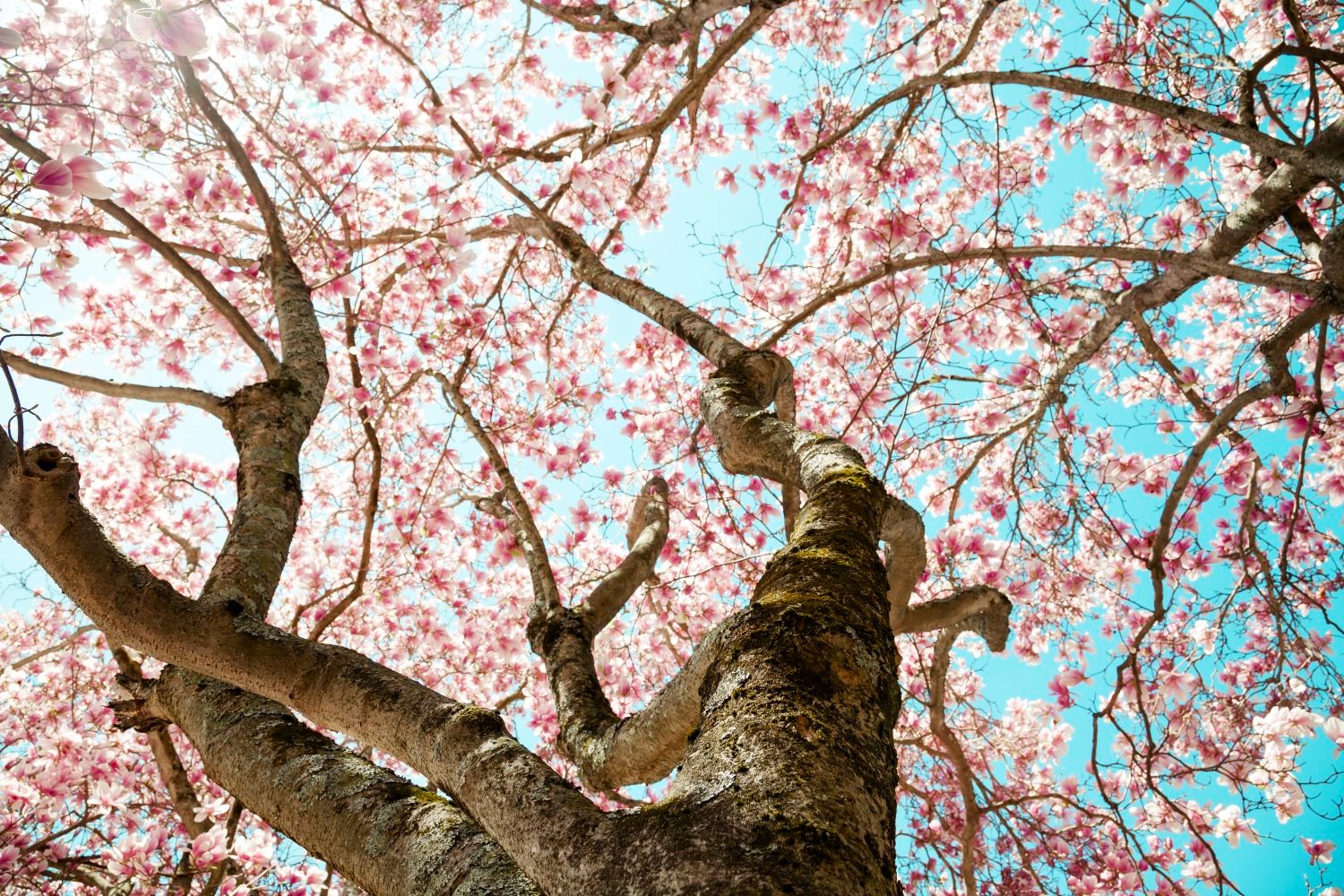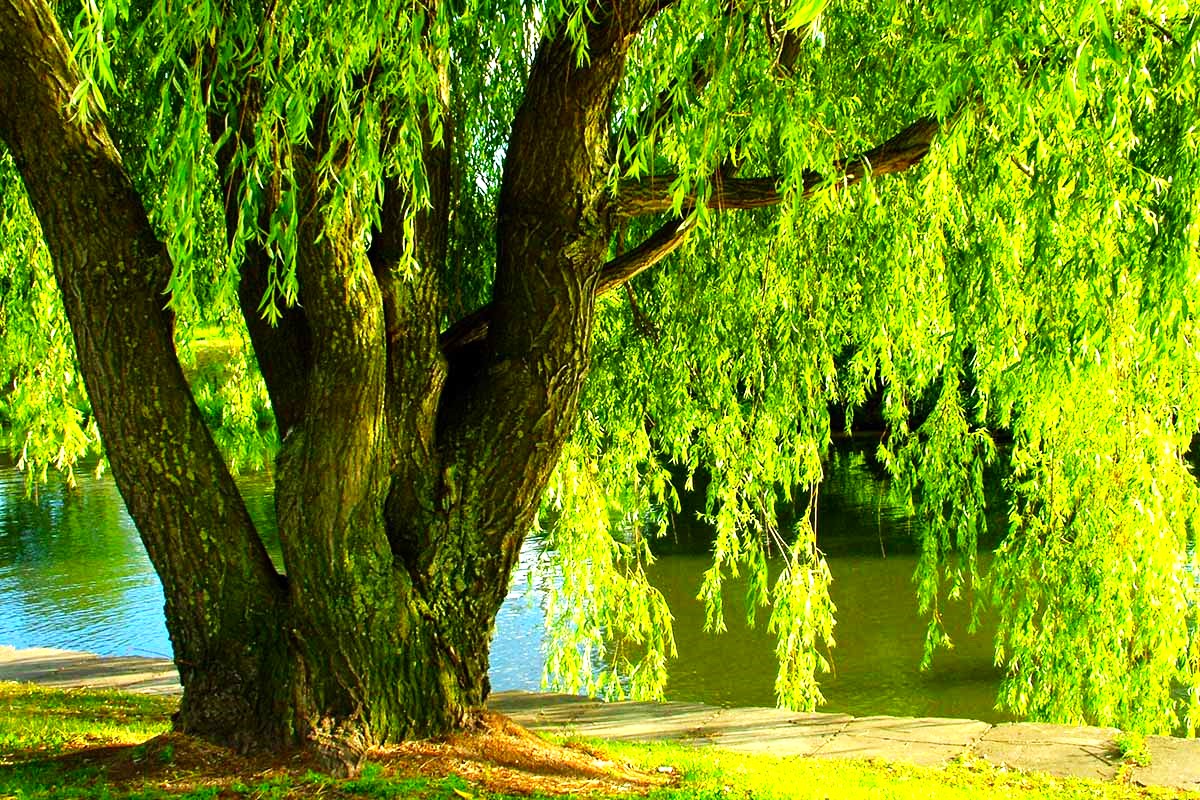Korean Fir Tree: How to Grow Silver Korean Fir Trees
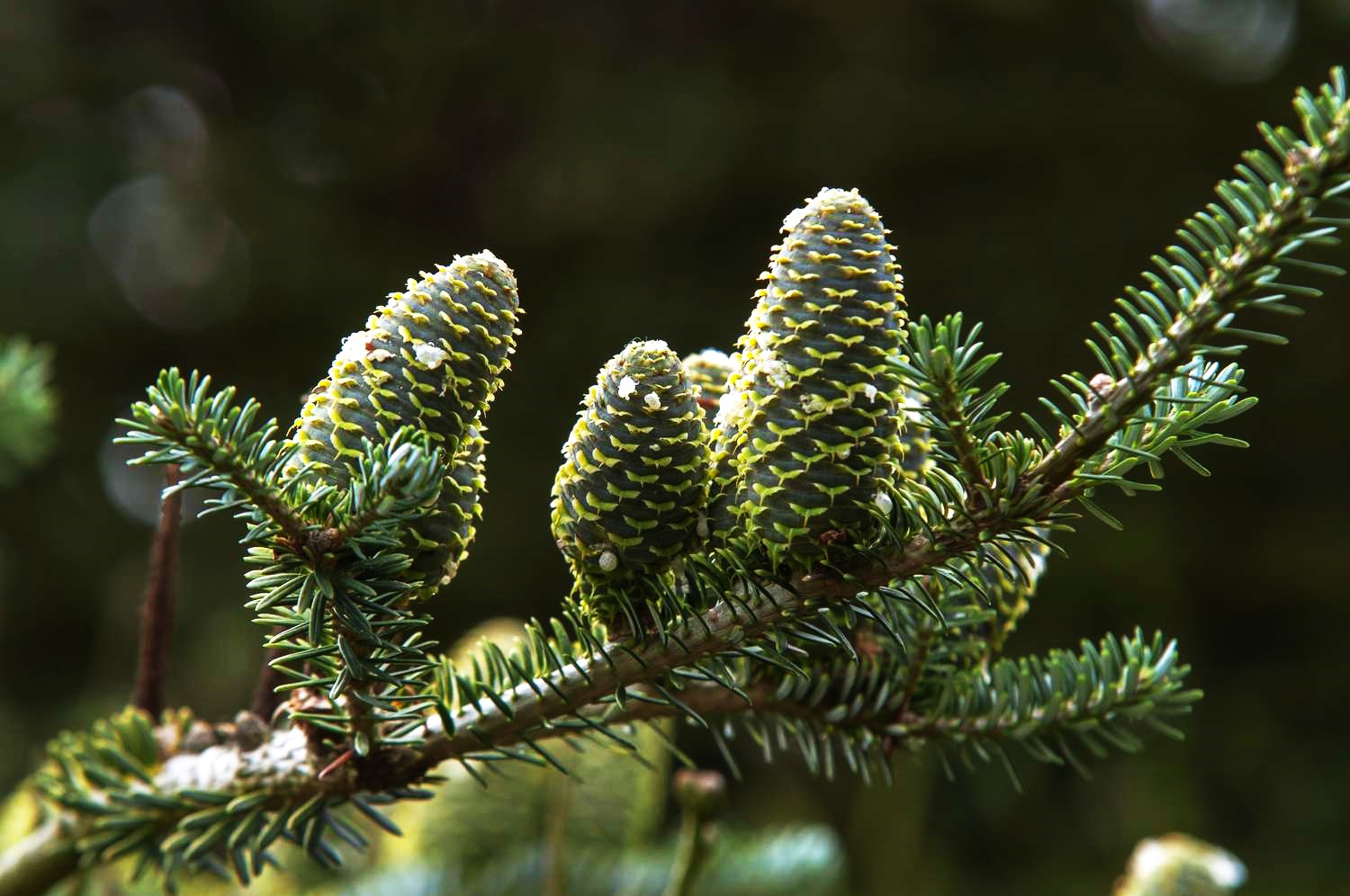
The compact evergreen Silver Korean fir trees (Abies koreana “Silver Show”) have highly ornamental fruit. They can reach a height of 20 feet (6 meters) and are found in USDA plant hardiness zones 5 through 7. Continue reading for more details on silver Korean fir trees, including advice on how to cultivate one.
Information on Korean Fir Trees
Native to Korea, Korean fir trees thrive on the cool, damp slopes of mountains. The trees are less susceptible to damage from sudden frost because they receive their leaves later than other species of fir trees. The Korean fir tree has about forty different cultivars, according to the American Conifer Society. While some are well-known and easier to locate, others are not as easily found. The needles on Korean fir trees are comparatively short and range in color from dark to bright green. You will notice that the needles twist upward to reveal the silver underside if you are growing silver Korean fir. The trees grow slowly. They yield rather plain-looking flowers that are followed by very showy fruit. The fruit, which is in the shape of cones, matures to a tan color from its beautiful deep violet-purple beginning. They get to be half the width and the length of your pointer finger. Information about Korean fir trees indicates that these trees would be excellent accent trees. They work well as a screen or in a mass display as well.
Growing a Silver Korean Fir: A Guide
Make sure you reside in USDA zone 5 or higher before you begin growing silver Korean firs. While there are Korean fir cultivars that can thrive in zone 4, “Silver Show” should be planted in zone 5 or higher. Locate a spot where the soil is moist and well-drained. If the soil retains water, caring for Korean fir will be difficult. Plant the trees in acidic soil because you’ll find it difficult to care for them in high pH soil. The best conditions for growing silver Korean fir are full sun. The species can withstand some wind, though. Since deer can easily damage Korean fir trees, one aspect of caring for the trees is installing barriers to keep them away.

